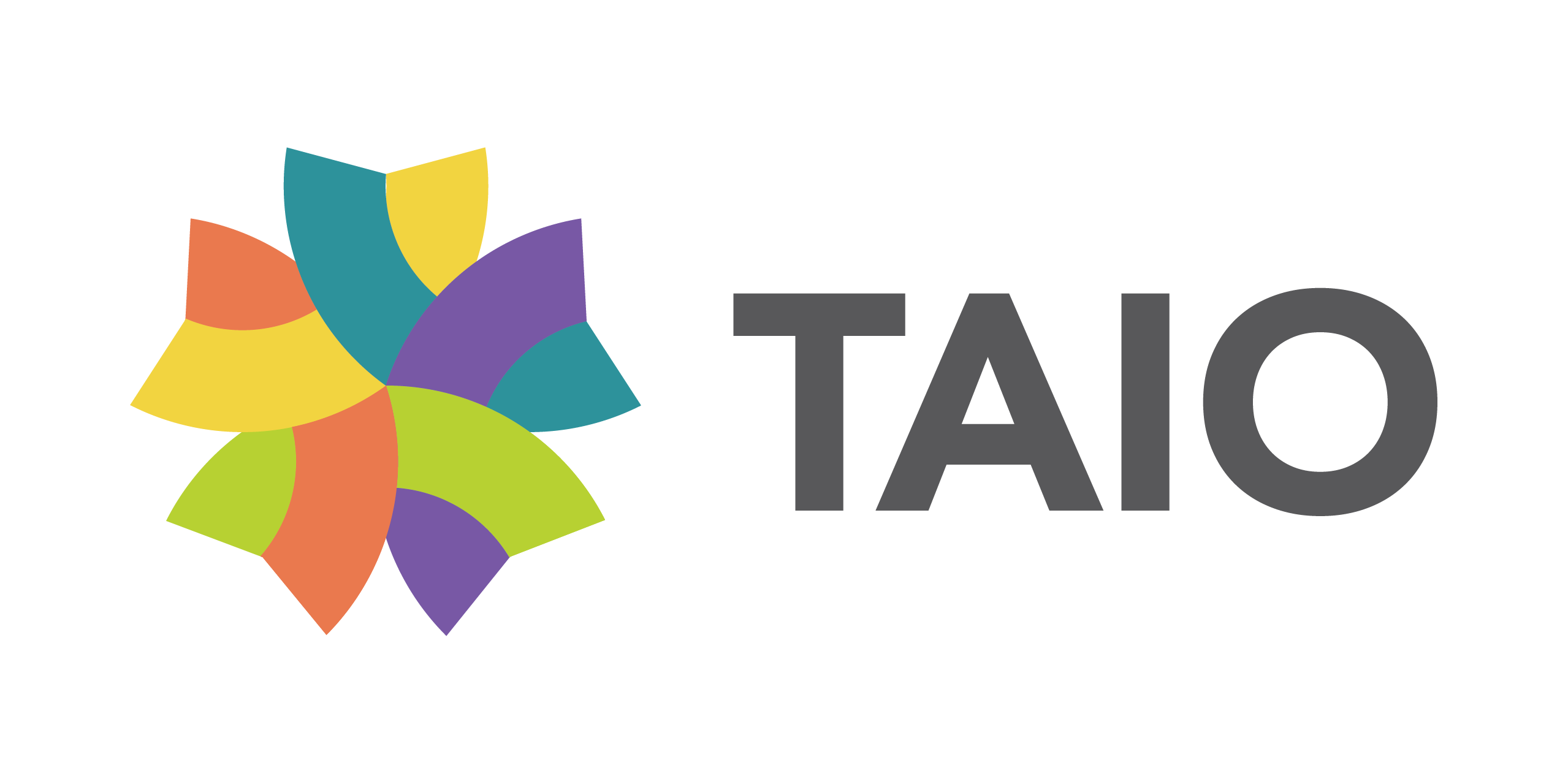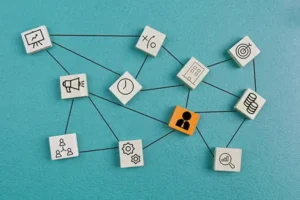LUPA can significantly impact home health agencies, especially with the unpredictability of the Patient-Driven Groupings Model (PDGM).
According to the Centers for Medicare & Medicaid Services (CMS), LUPA rates increased from 10% to 25% during the pandemic, financially straining agencies. The good news? Outsourcing critical tasks like billing and coding can reduce your agency’s revenue loss caused by LUPA, ensuring timely reimbursements and improved patient care.
Explore how LUPA affects reimbursements and patient outcomes, and how outsourcing can help you stay ahead.
On this page
Key Takeaways

LUPA’s financial impact: LUPA can cut into your revenue, especially in the unpredictable PDGM environment.

Rising LUPA rates: CMS reports LUPA rates surged from 10% to 25% during the pandemic, with agencies losing up to $1,500 per 30-day care period due to reduced reimbursements. Keeping rates under 10% is ideal.

Outsourcing as a solution: Outsourcing critical functions like billing and coding can help agencies better manage LUPA, ensuring timely and accurate reimbursement while preventing costly mistakes and improving cash flow.
What Exactly is LUPA and How Does it Impact Reimbursement?
Low Utilization Payment Adjustment (LUPA) is a rule that applies to home health care. LUPA kicks in when a home health provider fails to complete enough visits within a care period, resulting in lower reimbursement.
Missing even one visit can cause substantial financial loss. One skipped visit may lead to home health agencies failing to get full episode payments, receiving only per-visit rates. A study found that 60% of LUPA cases stemmed from one missed visit. High LUPA rates, according to Bamboo Health, can decrease average reimbursements by up to 75%, potentially costing agencies $1,500 per 30-day care period under the PDGM.
Proactive LUPA management is essential. By closely monitoring visit thresholds and ensuring they are met, you can safeguard your ability to deliver quality care and maintain consistent revenue.
LUPA Threshold in PDGM: What You Need to Know
Understanding the LUPA threshold is an important part of prioritizing better LUPA management. It’s not just a detail to check off—it’s a critical factor that directly impacts your financial stability.
Under the Patient-Driven Groupings Model (PDGM), the LUPA threshold varies depending on the patient’s characteristics, clinical grouping and functional impairment level. These factors make compliance more complex and case-specific.
The required number of visits can change from case to case. For example, a patient may be assigned a case mix and care plan requiring 10 visits, but if only 8 visits are completed, your agency will be reimbursed only for those 8 visits at a much lower rate.
This results in an immediate revenue loss and can create long-term financial strain. The Centers for Medicare & Medicaid Services (CMS) has emphasized that maintaining a LUPA rate at around 10% is critical for home health agencies’ financial stability. Exceeding this threshold may strain your cash flow and compromise your agency’s ability to provide quality patient care.
There are tools available for you to help track and calculate reimbursements more accurately, preventing costly LUPA errors. Most advanced software systems now come equipped with a PDGM calculator, providing key data such as HIPPS codes, case mix and LUPA thresholds. By leveraging these tools, you can better manage visit requirements, maintain financial stability and ensure consistent, high-quality care.
How Factors Influencing LUPA in the PDGM Affect Reimbursement and Improved Patient Care
Several factors determine the LUPA threshold and utilization payment adjustment, impacting both financial stability and the quality of home health services:
Patient's Characteristics
The severity of the patient’s condition, their functional impairment level and their clinical grouping can influence the required number of visits. When patients get better sooner than expected or are admitted to the hospital, the care needed stops early, potentially leading to fewer visits and increased risk of LUPA.
Visit requirement variables
Home health providers must ensure that patients receive the necessary number of visits per their care plan and episode timing. When agencies cannot consistently send staff due to, for example, staffing shortage, it can result in fewer visits and trigger LUPA, affecting both reimbursement and patient care quality.
Utilization payment adjustment
When the visit threshold isn’t met, the agency is reimbursed at a lower per-visit rate instead of the full episodic payment, creating a financial burden. This adjustment can compromise an agency’s ability to provide consistent home health services, ultimately impacting improved patient outcomes and overall care quality.
3 Key Strategies for Home Health Care Providers to Avoid LUPA and Improve Reimbursement
Avoiding LUPA requires more than compliance—it demands proactive LUPA management. Protecting reimbursement and improving patient outcomes starts with the following strategies.
#1 Use Technology for Real-Time Tracking
Home health care providers can reduce LUPA risks by using real-time tracking software that monitors patient care, visit schedules and PDGM requirements. Tools with PDGM calculators provide essential data such as LUPA thresholds, HIPPS codes and case mix. These tools help ensure timely visits, accurate reimbursement and consistent care delivery, leading to better patient outcomes and reduced costs.
#2 Ensure Proper Documentation and Compliance
Better LUPA management calls for accurate OASIS assessments, compliant documentation and well-developed care plans. When records are up to date and coding is accurate, you can ensure every visit is accounted for. This supports Medicaid services compliance, improves reimbursement and strengthens the overall quality of home health care.
#3 Accurate Scheduling to Meet the Visit Threshold
Smart scheduling tools allow you to track visit thresholds and prevent missed visits. Frontloading visits and training admitting clinicians to assess patients properly improves care plan execution and visit compliance. This results in better patient outcomes, fewer LUPA triggers, and a more financially stable home health agency.
How Outsourcing Supports Effective LUPA Management for Home Health Agencies
Outsourcing is a strategic move that allows you to improve visit compliance, streamline documentation and strengthen reimbursement accuracy.
By partnering with outsourcing experts for billing, coding and even critical roles like QA case management and clinical oversight, agencies ensure accurate OASIS data, correct HIPPS code usage and consistent care plan execution — key elements in preventing LUPA triggers.
Outsourced teams can assist with real-time record audits, proactively identify potential visit gaps and help ensure compliance with Medicare and Medicaid Services guidelines—lightening the load on in-house staff and reducing the risk of costly errors.
Partnering with the right outsourcing provider offers more than just additional support. It brings specialized expertise, improved oversight and streamlined workflows—ultimately leading to reduced costs, stronger LUPA management and better patient outcomes.
Related read: Improving RCM: Tackling 9 Home Healthcare Billing Errors and Maximizing Claims Reimbursement

How Strategic Outsourcing Supports Home Health Care Operations
Strengthen Your QA and Clinical Processes
By outsourcing QA and clinical roles, your agency can enhance oversight on documentation, identify errors early and stay aligned with care plans. These ensure better LUPA management and stronger coordination between clinicians and operational staff.
Administrative Support Without the Overhead
Outsourcing administrative functions such as scheduling, data entry and pre-billing reviews helps reduce bottlenecks and allows your internal teams to focus on delivering quality home health care. It’s a scalable, cost-efficient way to improve workflow efficiency.
Free Up Your Team to Focus on Patient Care
With back-end responsibilities handled externally, your staff can concentrate on delivering better patient outcomes. Reducing administrative and compliance pressures allows clinicians to focus on what they do best—providing exceptional home health services.
Strengthen Your LUPA Management Strategy for Long-Term Success
Effectively managing LUPA goes beyond meeting visit thresholds; it requires a proactive, system-wide approach. By integrating real-time tracking tools, ensuring accurate documentation and strategically outsourcing key functions like QA, clinical oversight and administrative support, home health care providers can significantly reduce the risk of payment adjustments.
Prioritizing these efforts not only protects your agency’s financial health but also strengthens the quality of patient care. Staying ahead of LUPA risks allows your team to provide more consistent, timely and effective support—resulting in better patient outcomes. In a field where precision and compassion go hand in hand, investing in the right systems and partnerships ensures your agency remains efficient, responsive and financially resilient.
Frequently Asked Questions
Home health agencies must meet the visit threshold to avoid LUPA episodes. LUPA thresholds vary by patient characteristics, clinical grouping, and functional impairment level. If missed, it triggers a financial impact, reducing reimbursement and potentially affecting patient care.
Outsourcing not only covers billing and coding but also enhances LUPA management by ensuring accurate documentation, HIPPS codes, and adherence to care plans. Outsourced teams can assist with QA clinical functions and administrative tasks, reducing missed visits and improving patient outcomes, all while helping meet the required visit threshold.
In a PDGM environment, varying LUPA thresholds and patient characteristics can affect reimbursement. Poor LUPA management leads to missed visits, reduced costs, and a significant financial impact on home health services. Monitoring LUPA rates and thresholds ensures better patient care and prevents missed reimbursements.




